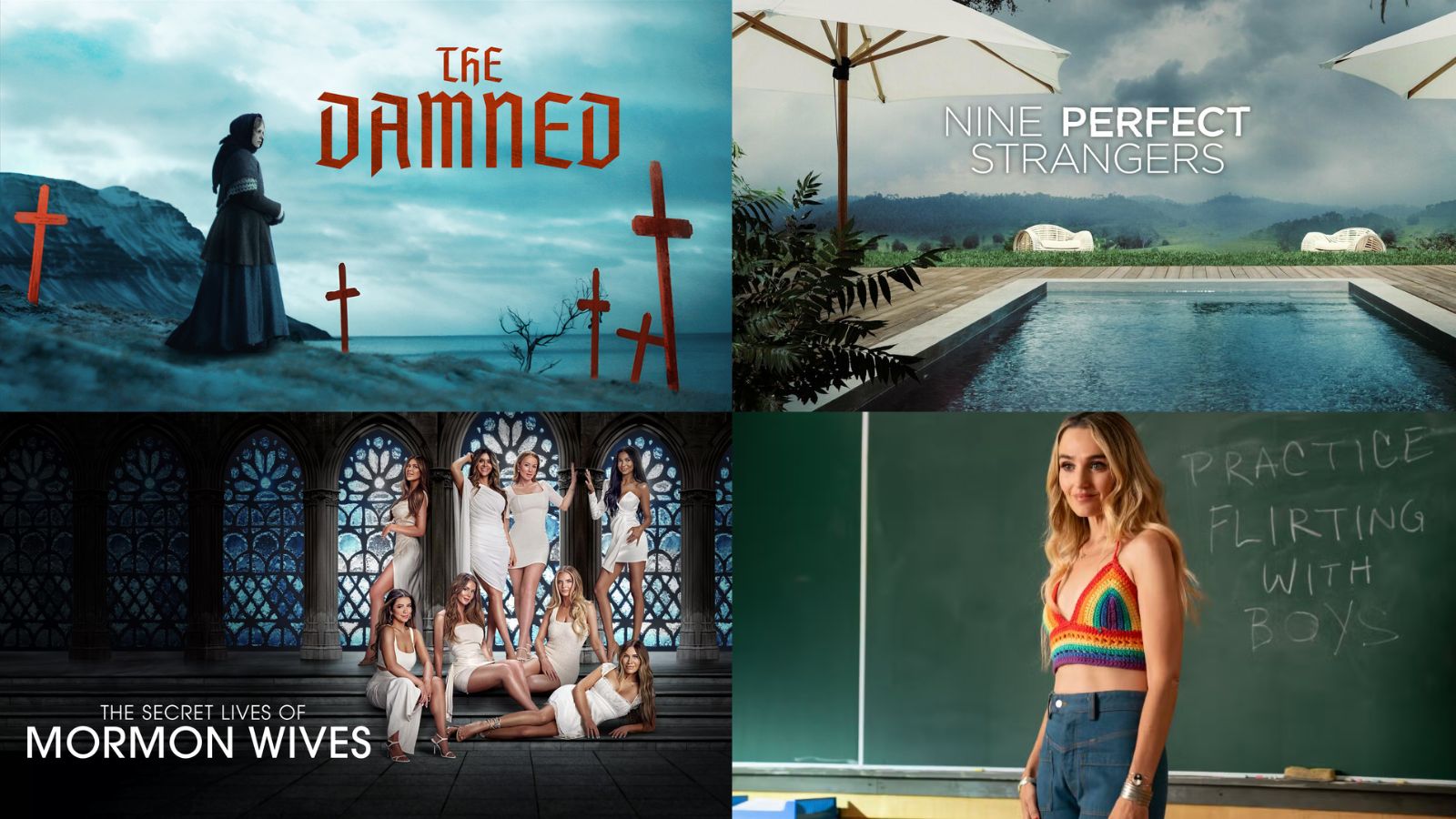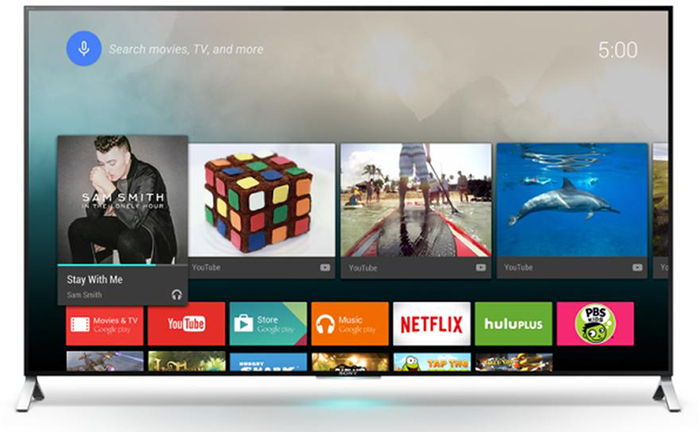
Netflix Tops US Streaming – Followed by Amazon Prime and Hulu
- Netflix is by far the most popular streaming service in the USA.
- Media streaming services like Amazon Prime and Hulu are on the rise but still very far from Netflix.
- The most passionate streamers are Americans age 18-32. Older generations are still hesitant and rely on cable or satellite TV.
It is a known fact that cord-cutting is on the rise. More specifically, younger generations are more than willing to embrace media streaming services instead of committing to traditional cable TV services. However, how popular are media streaming service in general, and what are the most popular options? Let’s take a deeper look.
According to the CNBC All-America Economic Survey, 57 percent of Americans are using at least one media streaming service. The survey was conducted with the participation of 801 Americans who were willing to provide some insight into their streaming habits. This is where we come to the first interesting piece of information – 51 percent have chosen to use Netflix. Around third of the people involved in this survey decided to use Amazon Prime, and 14 percent say that their primary streaming service is Hulu. As you can see, Netflix tops US streaming and the service’s total is greater than the combined percentage of other two services.
When it comes to the latest cord-cutting statics, 36 percent report using both a streaming service and cable or satellite TV. On the other hand, 30 percent are still using traditional ways to watch TV, without having a subscription to online services. This means that even though cord-cutting is at its all-time high, there are still plenty of those who rely on traditional ways of watching TV – and as you can imagine, these are older generations mostly.
When it comes to demographics, younger audiences are the biggest fans of streaming. Close to 50 percent of Americans age 18-34 say that they prefer streaming over cable or satellite. Furthermore, 32 percent say that they only rely on media streaming – which means that they are the most loyal customers and users of services like Netflix, Amazon Prime, and Hulu.
And finally, it should be noted that streaming services are used by blue collar workers and modest-income Americans – and they tend to combine new and old technologies. The same applies to the wealthiest Americans, who watch cable or satellite TV while having access to one or more subscriptions to online services.












